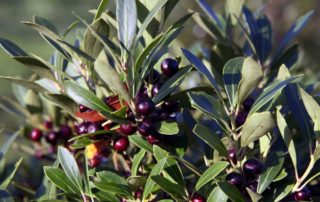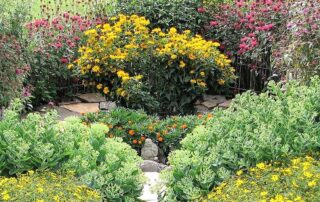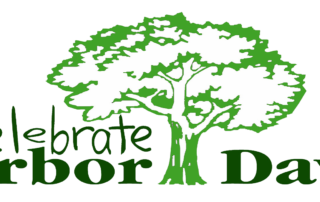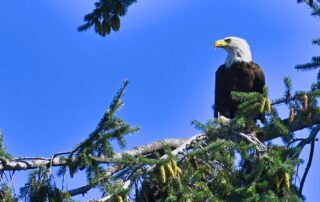Inkberry – Ilex Glabra
Ilex Glabra, commonly called Inkberry is a mound-shaped, colony-forming shrub, somewhat open with age, 6-12 ft. tall and wide. Lance-shaped, sparingly-toothed, glossy, leathery foliage varies in color from dark- to light-green both in summer and fall. Inconspicuous flowers are followed by black berries which persist well into winter and are a favorite of birds and wildlife.







